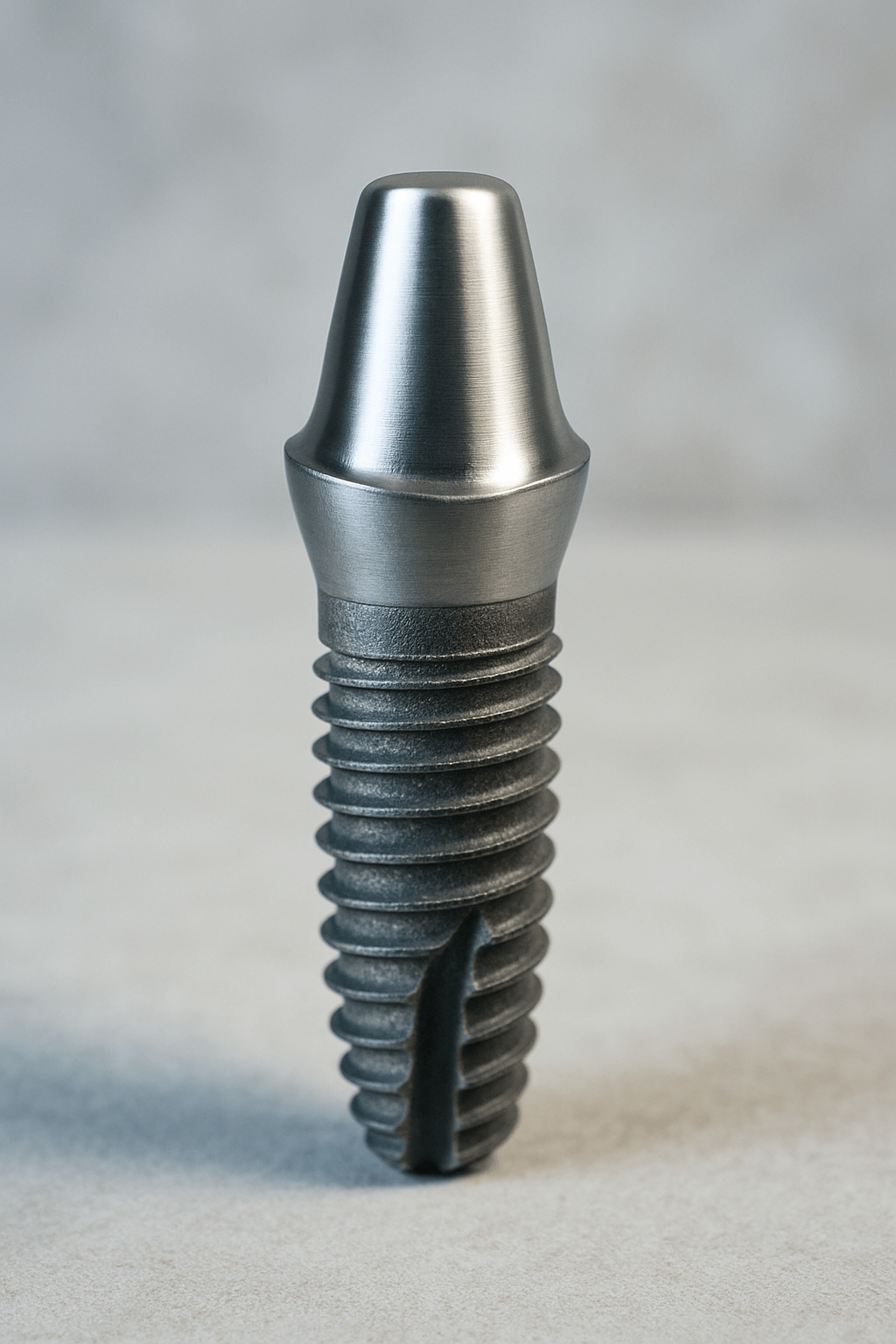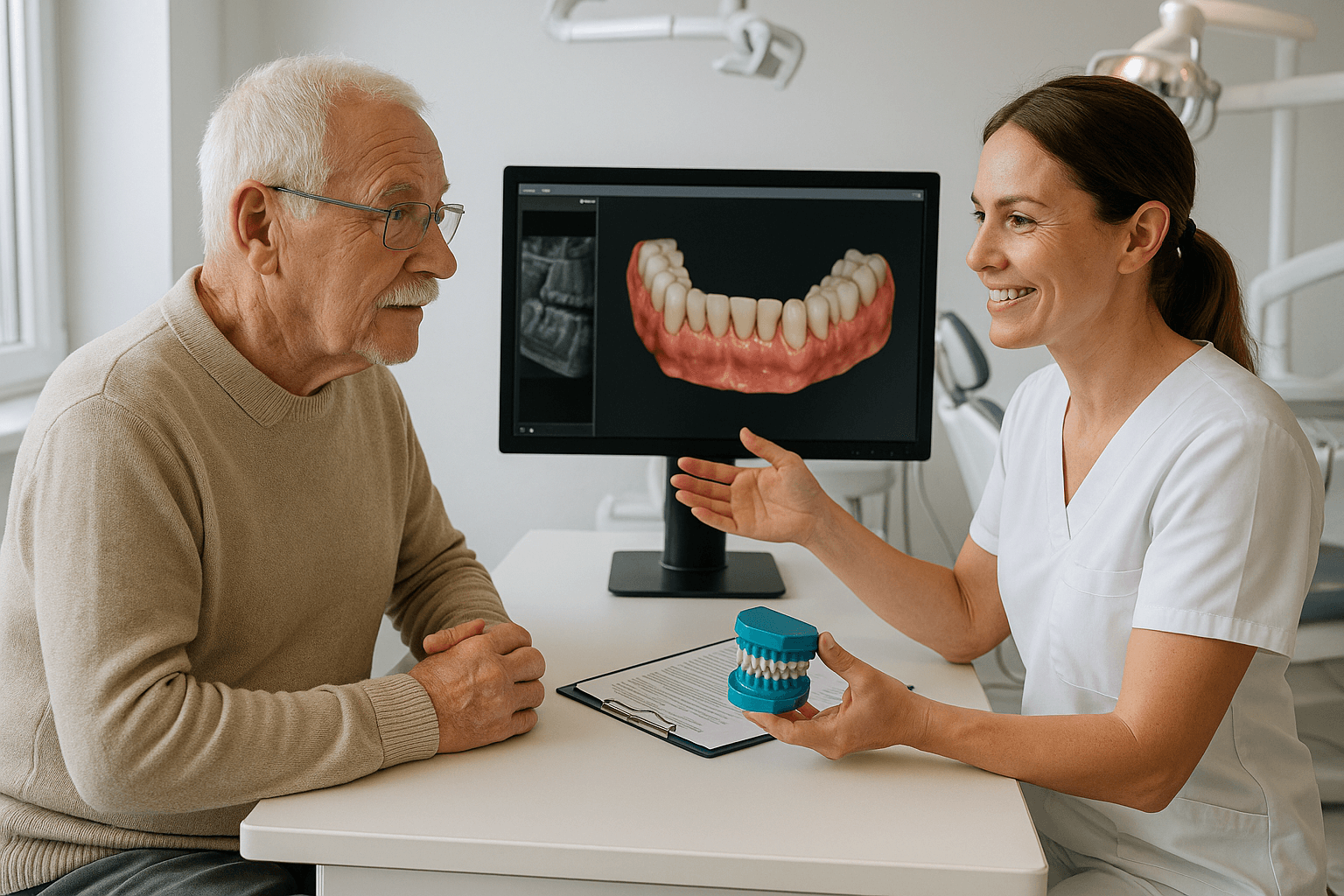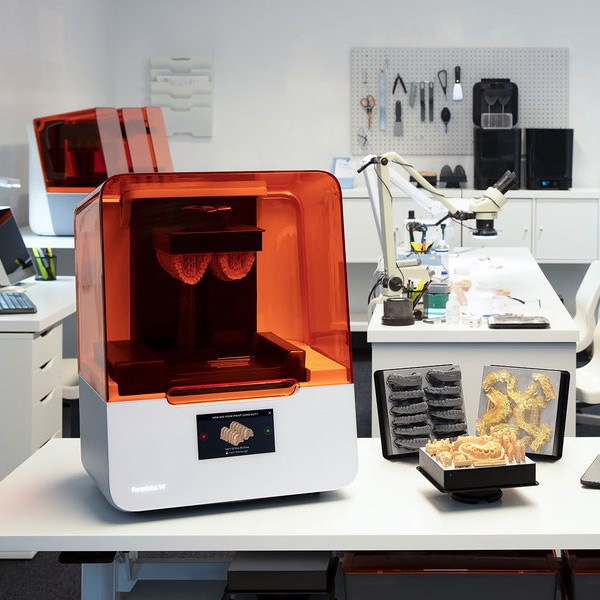
The Dental ImplantProcess
Your complete journey to a perfect smile with our proven, technology-driven approach
Why Choose Our Implant Process?
Our systematic approach ensures optimal results with maximum comfort and predictability
98% Success Rate
Proven track record with thousands of successful implants
Premium Materials
Only world-leading implant brands like Straumann and Nobel
Expert Team
Experienced surgeons with 25+ years of expertise
Comfortable Experience
Minimally invasive techniques with sedation options
Your 5-Step Journey to a Perfect Smile
Each step is carefully planned and executed by our expert team using the latest technology
Initial Consultation & Assessment
Comprehensive evaluation to create your personalized treatment plan

Pre-Treatment Planning
Precise planning using advanced technology for optimal results

Implant Placement Surgery
Minimally invasive surgery with maximum comfort and precision

Healing & Integration
Natural bone integration process for long-term stability

Final Restoration
Custom crown creation and placement for your perfect smile

Treatment Timeline
A clear roadmap of your implant journey from consultation to completion
Day 1
Initial ConsultationComprehensive assessment and treatment planning
Day 2-3
Implant SurgeryPrecise implant placement with computer guidance
Week 1-2
Initial HealingSoft tissue healing and initial integration
Month 1-3
OsseointegrationBone grows around implant for stability
Month 3-6
Complete IntegrationImplant fully integrated with jawbone
Final Week
Crown PlacementCustom crown fitted and final adjustments
Premium Implant Brands
We use only the finest materials and most advanced technology for superior results

Straumann
Swiss precision and innovation

Nobel Biocare
Pioneering implant solutions

Neodent
Proven reliability and value

Alpha Bio
Advanced implant technology
Begin Your Implant Journey Today
Take the first step towards your perfect smile with our expert team and proven process